Citizen scientists discover neptune-like exoplanet
Tuesday, May 21, 2024
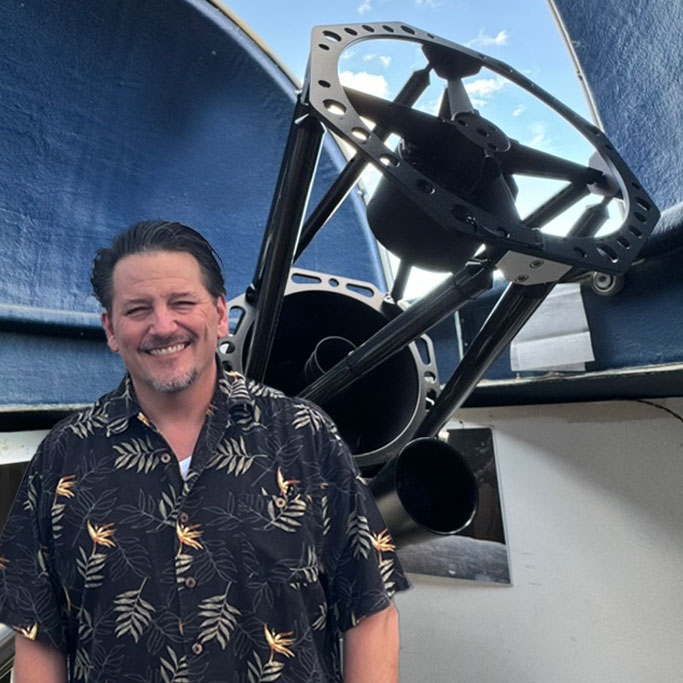
|
Richard Harris |
A Neptune-like exoplanet, TOI 4633 c, has been discovered in the habitable zone of a binary star system, thanks to a collaborative effort between professional and citizen scientists using NASA's TESS data. This finding enhances our understanding of planet formation in multi-star systems and the potential for habitable worlds.
Citizen scientists, alongside researchers from the Flatiron Institute and collaborators, have identified a new exoplanet with an exceptionally long orbit, providing valuable insights into the formation and stability of planets in multi-star systems.
Citizen scientists discover neptune-like exoplanet TOI 4633 c in binary star system using NASA's TESS
The team detected the planet as it passed in front of its host star, causing a temporary dimming similar to a solar eclipse on Earth. This method, known as the transit method, typically identifies planets with close orbits. However, this new planet is unusual due to its distant orbit, taking 272 days to circle its star. The host star is now the brightest known to have a transiting planet in the habitable zone, where liquid water could exist.
Subsequent observations revealed more intriguing details about the system. In addition to the planet, there is a still unconfirmed second planet with a 34-day orbit and another star. These findings provide valuable data for scientists studying how planets form and remain stable in multi-star systems. The discoveries were published in The Astrophysical Journal on April 30.
"Finding planets in multi-star systems is crucial for our understanding of how you can make different planets out of the same material," says Nora Eisner, lead author of the study and a research fellow at the Flatiron Institute’s Center for Computational Astrophysics in New York City.
Stars and planets form from clouds of gas and dust. In binary star systems, where two stars form together, planets are less likely to form compared to single-star systems. “It’s quite exciting that we found this one," Eisner adds.

Percival, the nickname for the newly discovered planet TOI 4633 c
The newly discovered planet, named TOI 4633 c and nicknamed Percival by the scientists, was first identified by citizen scientists examining data from NASA’s Transiting Exoplanet Survey Satellite (TESS). The Planet Hunters TESS program, part of the larger Zooniverse platform, allows anyone with an internet connection to search for undiscovered planets in TESS data.
"Every time I spot a possible transit, I can feel my heart beat faster and my excitement rise extensively. I’m very happy that I helped find the new system. I hope that the new planets can help contribute to our understanding of planet formation and help answer other interesting planetary questions," says Simon Bentzen, a Danish citizen scientist who has volunteered with Planet Hunters TESS since 2018.
Citizen scientists play a crucial role in analyzing the vast amounts of data, which are too large for researchers to handle alone. Over 43,000 volunteers from 90 countries have helped catalog around 25 million objects. Their contributions are especially valuable for finding long-orbit exoplanets, which are challenging for computers to detect.
"The human brain has a really incredible ability to recognize patterns and to filter out noise. While our algorithms struggle to identify these longer-period planets, the citizen scientists don’t," Eisner says.
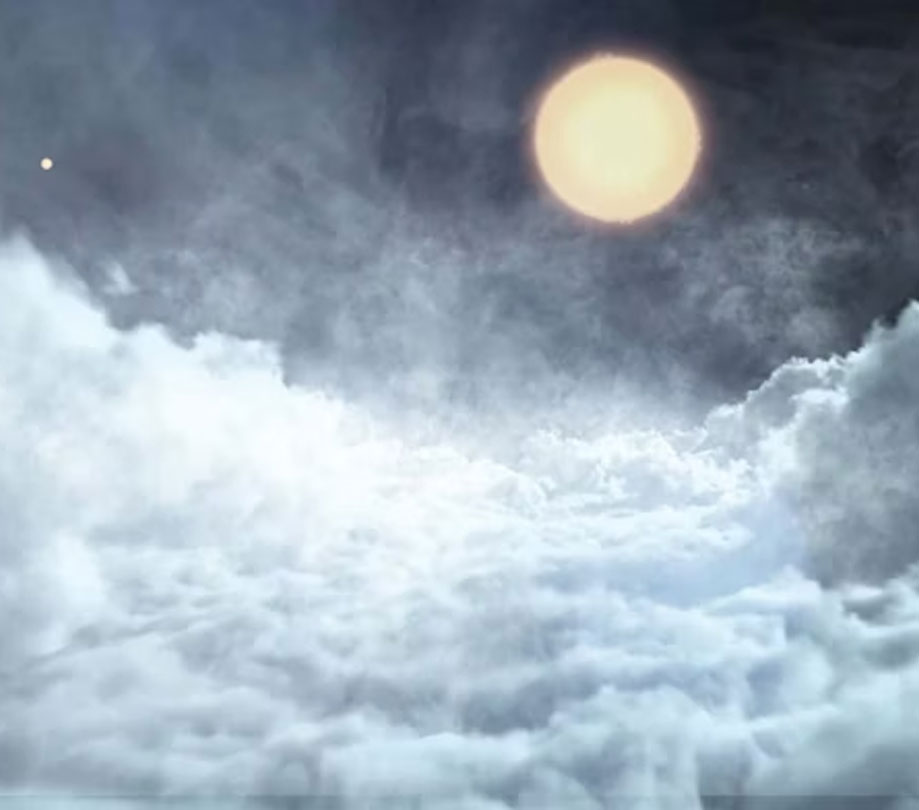
TOI 4633 c has the second-longest orbit of any planet discovered with TESS data
After 15 citizen scientists flagged the potential planet, Eisner and her team conducted a closer investigation. They analyzed the star’s radial velocity, which showed a possible second planet due to tiny wobbles in the star’s movement caused by gravitational pull. Further images and historical data revealed that what appeared to be a single star was actually a pair of binary stars orbiting each other.
TOI 4633 c has the second-longest orbit of any planet discovered with TESS data and is one of only five with orbits longer than 100 days. "This planet is remarkable in many aspects. It’s remarkable in its orbit, it’s remarkable for being in the habitable zone, and it’s remarkable for orbiting a bright star," Eisner says.
Despite being in the habitable zone, TOI 4633 c is not a suitable destination for life due to its lack of a solid surface and thick atmosphere likely composed of water vapor, hydrogen, and methane. However, if the planet has a moon, that moon could have a solid surface and potentially support life.
"If this planet were to have a moon, that moon would likely have a solid surface, which could then be a great place to find water," Eisner explains. Future exomoon detection campaigns might target this system due to its brightness and the planet’s long orbit.
Over 30 years needed for scientists to map unique binary star system
While scientists are eager to learn more about this system, it will be at least 30 years before the two stars are far enough apart to determine the system's exact layout. Confirming the planets' orbits could enhance our understanding of planetary system stability and improve predictions for finding new exoplanets. Nearly half of all sunlike stars are in multi-star systems.
"If we were able to constrain where the planets orbit, it would really offer a stepping stone to open up our understanding of exoplanet formation. It could also possibly help us someday be able to look at a star and its properties and make some guesses about what planets are potentially orbiting in that system," Eisner says.
Eisner encourages those interested in volunteering with Planet Hunters TESS to visit the project’s website.
ScopeTrader's latest survey
Featured Stories
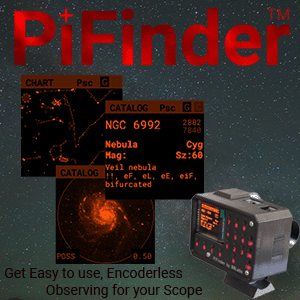
Stay Updated
Sign up for our newsletter for the headlines delivered to youSuccessFull SignUp

|


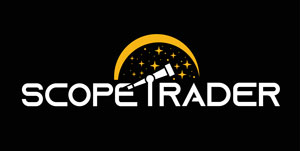
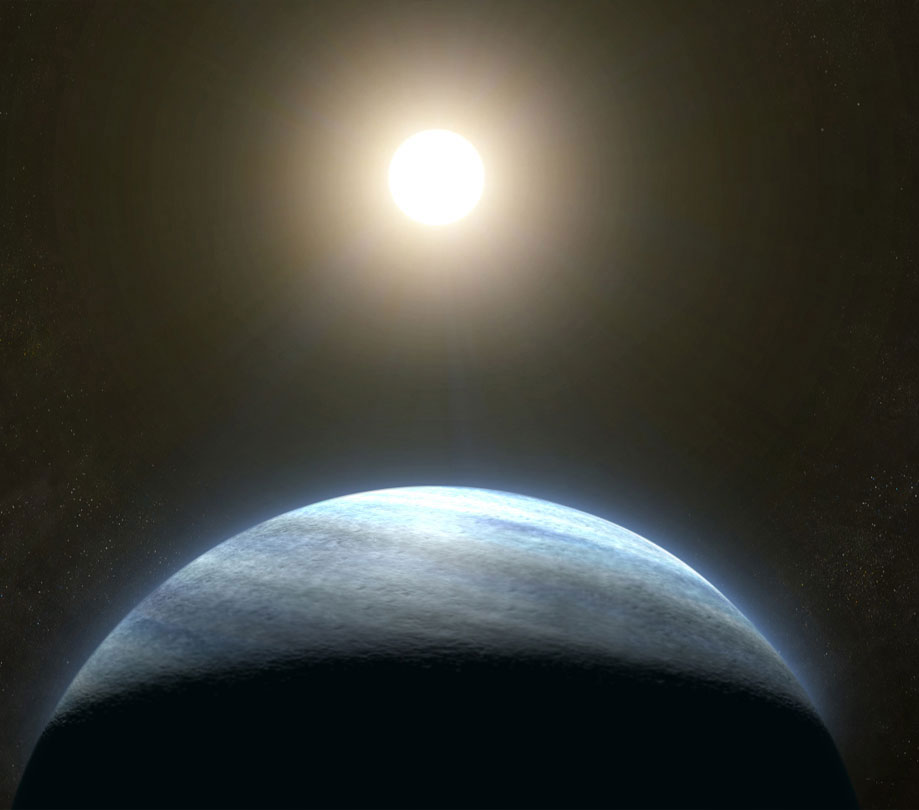

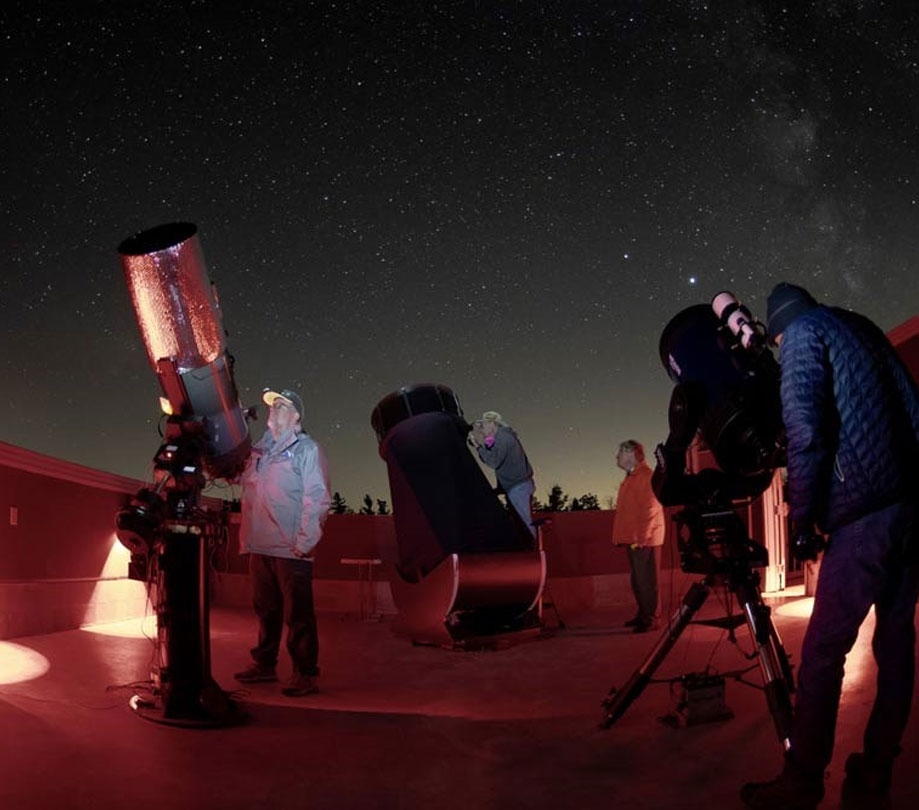
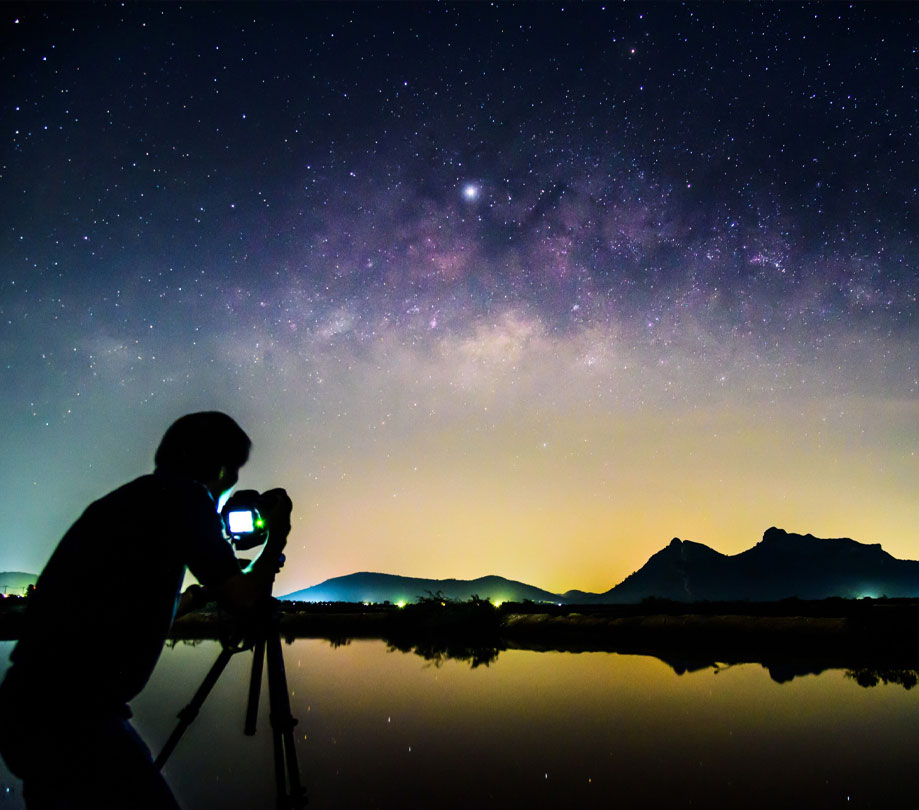
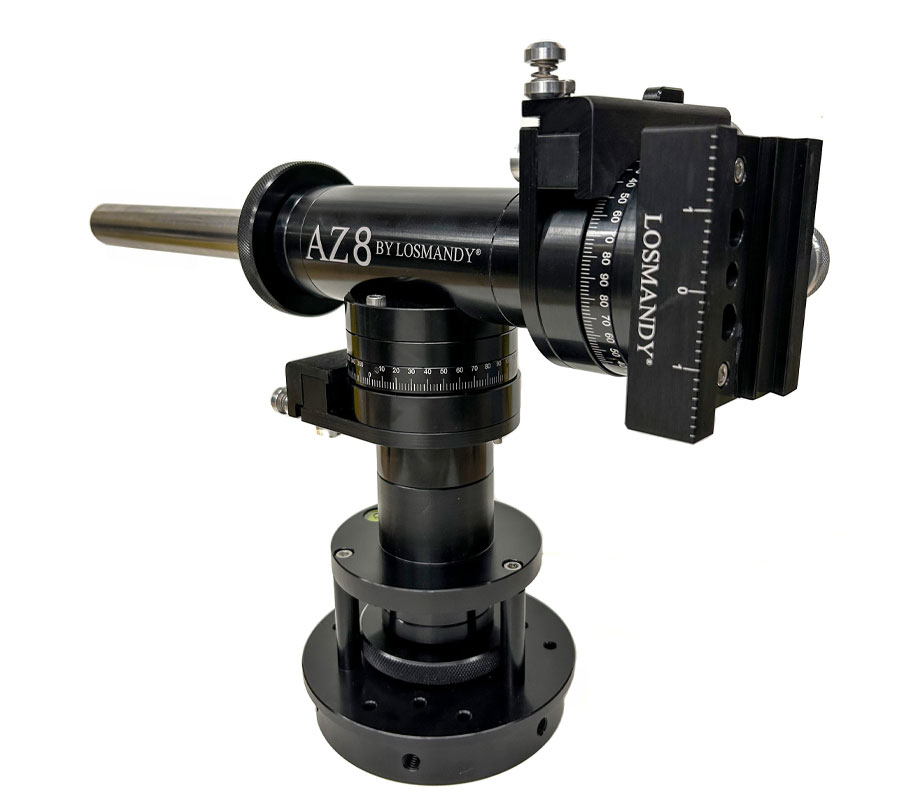
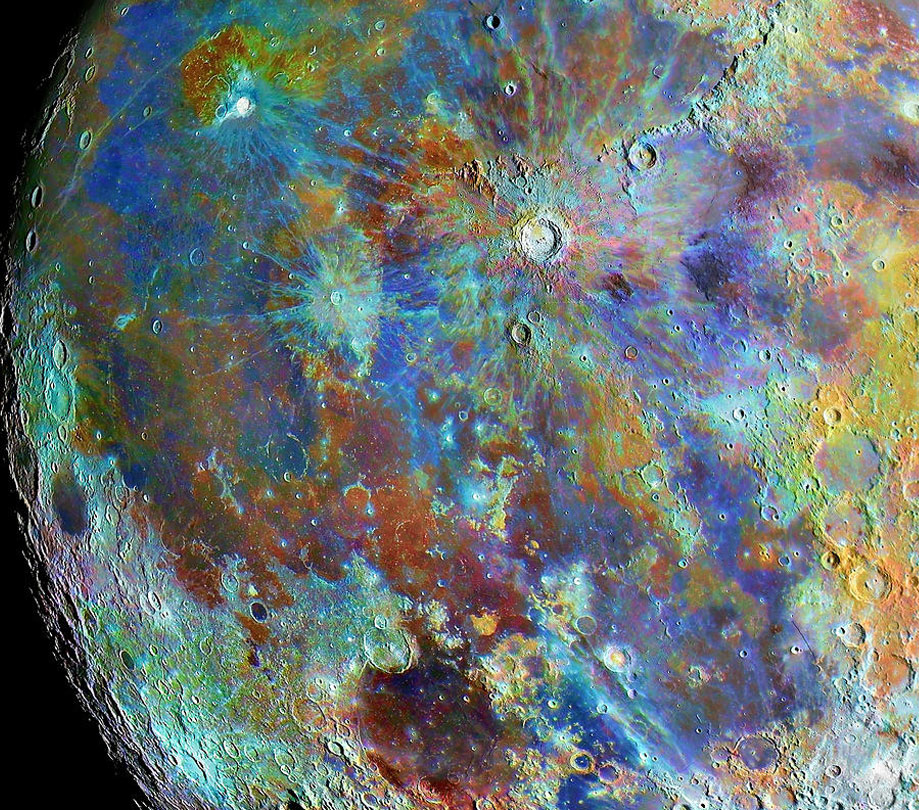
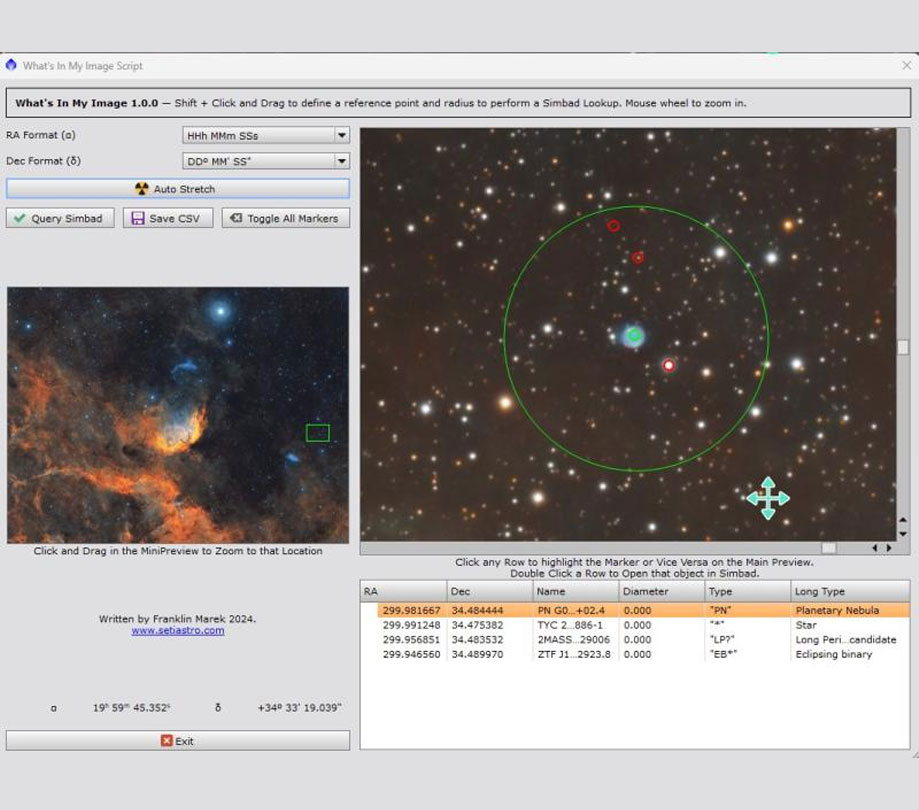
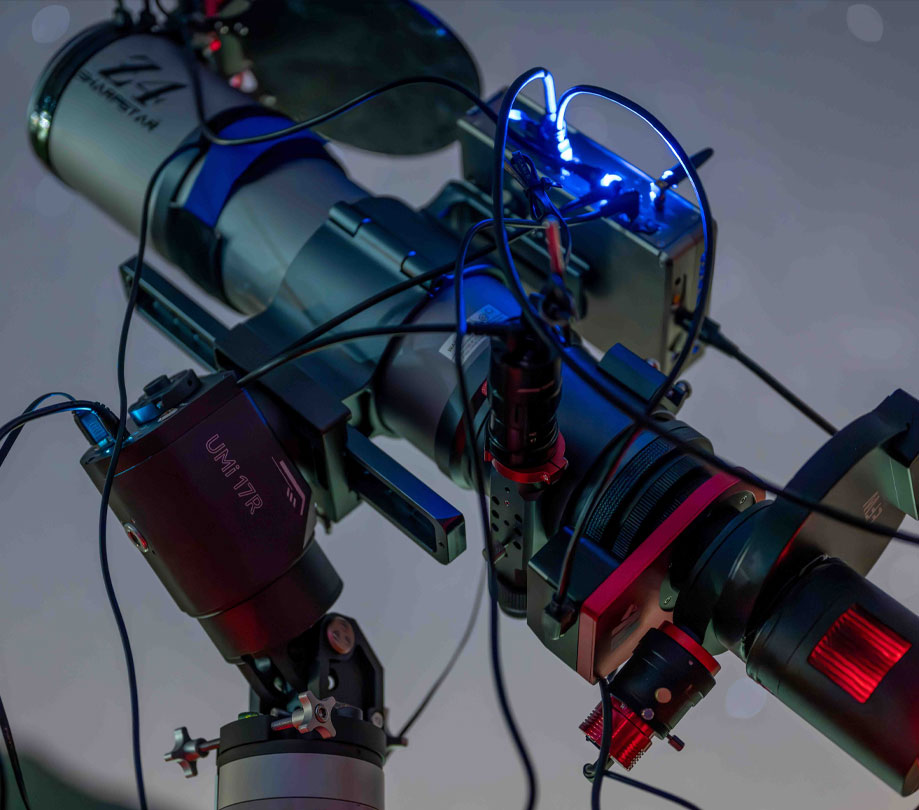
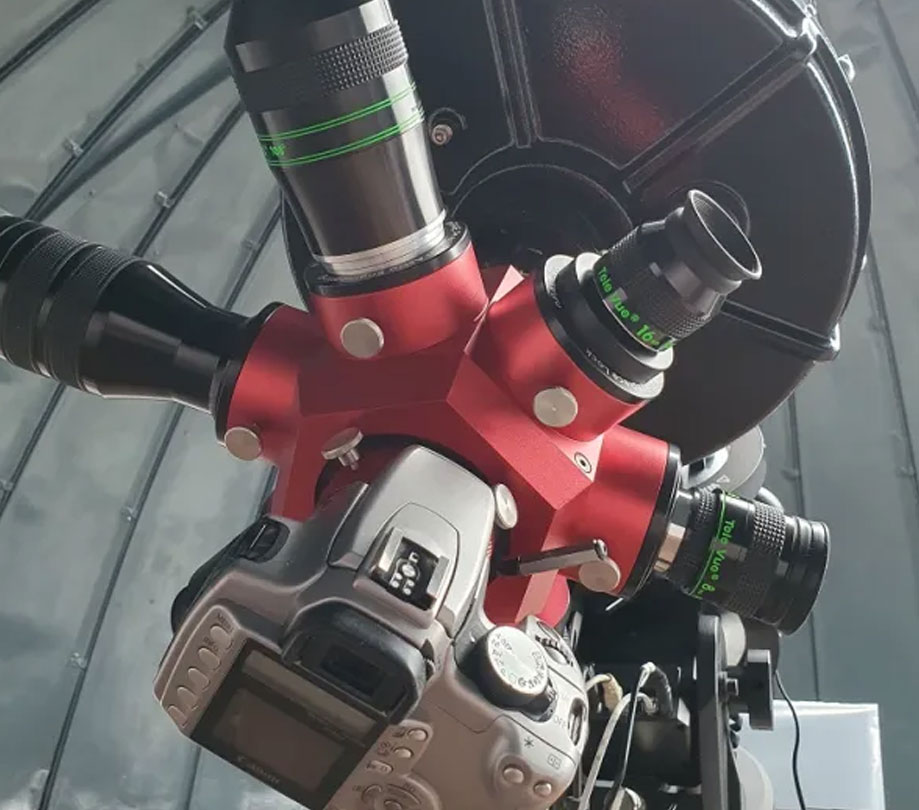
Comments